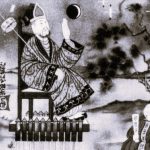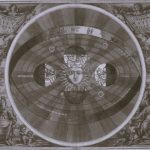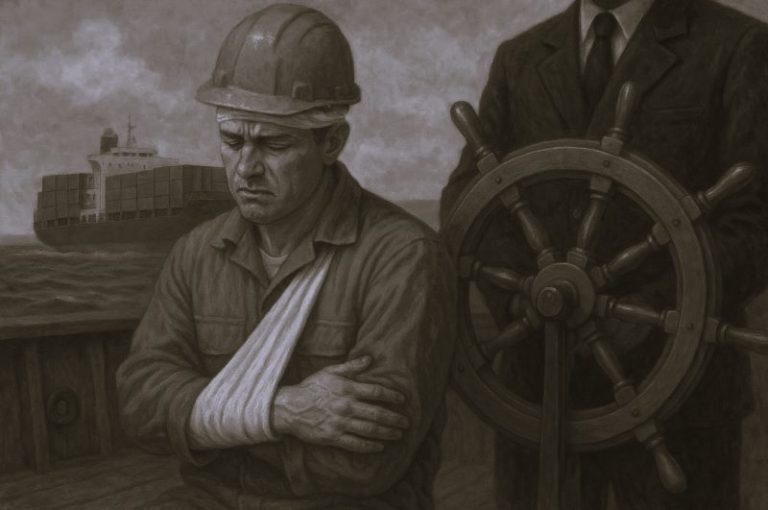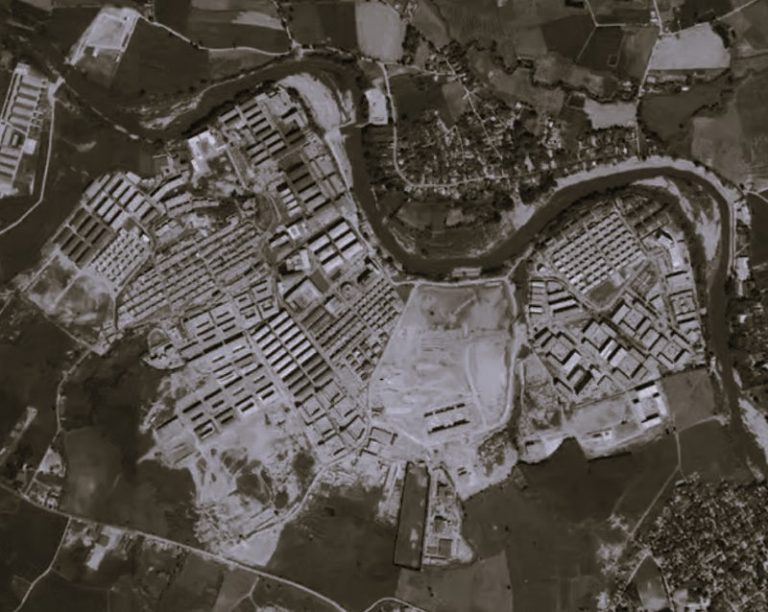
By Patryk Zalewski
Introduction
The Gordon Riots were caused by anti-Catholic views and the resentment towards Catholics that was long held and never truly reversed. Led by Lord George Gordon, the rioters found reason for the actions that were to follow. Before moving forward into the motives and reasons for why the Protestant rioters did what they did, it is important to understand the history of Lord George Gordon, and why he is many times mistaken for the outcome of the protest that he originally began. The long standing belief of the start of the riots was that they began as an overarching view of the hatred Protestants had towards the Catholics. However, there were many other reasons as to why a the protest or riots truly began, and that all begins with the political climate of England during this time.
The Gordon Riots began when England was involved in the American Revolutionary war and “since France and Spain, Catholic countries, had sided with the American colonists, England was virtually isolated. The Gordon Riots, moreover, were not without precedent” (Erskine, Thomas L.). The British people were therefore even more furious with the passing of the Catholic Relief because as they are in the middle of a war against the Americans (but also Catholics in terms of France and Spain), and the British Parliament decides to relinquish its anti- Catholic laws at this moment in time. This was also not the only precedent that the British had against Catholics. “There was also a great deal of anti-Catholic prejudice, stemming from past conflicts between Protestants and Catholics relating to the throne. The Irish who had emigrated to London to find work and had subsequently taken low-paying jobs from the English lower class, were specifically targets of anti-Catholic feeling. Given these conditions, the time was ripe for an individual to spearhead a Protestant movement against the Catholics” (Erskine, Thomas L.).
There is a brief historical background on Lord George Gordon that helps to answer some of the questions as to why he wanted to start a protest that escalated into one of the largest and most destructive riots of its time.
The Riots
Generally speaking, Lord George Gordon did not have the intent of violence when the talks with the House of Commons first began. His attempt was first only to resolve the issues he had with the House of Commons’ actions in a peaceful manner, but as the population of the crowd changed throughout that first day, their actions became of a violent manner. When the crowd became no longer under his control, his actions seemed to go against what he had somewhat originally intended. His motive in first trying to limit Catholics became a diluted one, where rioters turned violent and began to attack not only Catholics, but also all peoples of power. They began to burn all Catholic chapels as well as any houses they suspected were Catholic, only those wearing “blue cockades” or having “antipapal signs on their doors” were spared. “In response to the violence, the House of Commons passed resolutions encouraging the identification and prosecution of those responsible for the burning of houses and chapels.Gordon voted for all the resolutions and did attempt unsuccessfully to quell the violence” (Erskine, Thomas L.).
This is where the idea to blame Gordon for the actions of the rioters is misdirected. His intention was never the thought to burn down churches or the homes of Catholics; he wanted to use the power of numbers in order to persuade the House to change the legislation they had enacted. The rioters not only escalated the protest into an uncontrollable riot, but directed their violence to those whom the protest was never intended against.

Because the rioters’ actions were directed not against the poor Catholics, but against Catholics of substance, it seems clear that the riots reflected not only dislike of Catholics, but also of the wealthy, providing an outlet for the smoldering anger of the lower classes” (Erskine, Thomas L.). This is a fascinating point as the rioters used the platform of such a riot to promote a more personal agenda, where Catholics seemed to be only the target for a part of their motives. The lower classes were always under-represented by governments not only during this time, but throughout history, and even today. The belief was that the wealthy were the ones driving the decisions leading up to the passing of acts such as the Catholic Relief Act was a significant motive more the rioters. For something that began at first a peaceful protest, it became a diluted version of it very quickly. “The Gordon Riots—the bloodiest, most violent riots in London’s long and turbulent history—have received considerable attention from historians.
Jones, Brad A.
Implications Following the Riots

Researchers “positioned the riots as a uniquely London event and portrayed Gordon and the rioters as crazed religious zealots bent on defending beliefs that were becoming unfashionable in an increasingly enlightened and tolerant British society”.
Jones, Brad A.
This sense of a changing religious climate was an undesired effect for the Protestants, and a rise of patriotism came about as a result of this. People who long held these strong beliefs of Protestantism, especially those rioters of the lower classes, thought that rioting would be a way to show their dislike of the changes regarding the toleration of Catholics. Though this rising patriotism held by the rioters had precedent, it misrepresented the majority opinion on these issues. This is what can be seen through primary documents of those who wrote honestly about their thoughts on the actions of the rioters as well as the what they truly thought of Catholics. The rioters went as far as breaking into Newgate prison as shown in the picture on the left and releasing prisoners, while commoners did not view this as appropriate behavior.
A lot of times when it comes to primary documents that outline the events of the time, the reader is not informed enough on the issues at hand. The accounts of people like Susan Burney who lived in London while the riots were happening gave the reader a more personal rather than historical narrative of what people were feeling during that time. Many people who were not involved in the riots did not feel that same patriotism of British precedent (anti-Catholic views). People who were Protestant too feared for their lives and thought that the violence of the rioters was not very extensive, but also misdirected at those who were innocent Catholics.
The primary accounts of others like George Crabbe show hints of what Susan Burney aimed at portraying through her journals. There was a massive upheaval in London that lead the world to believe that England still held their anti-Catholic beliefs, but this was not the case. A majority of people did not participate in the riots or did not approve of them altogether, only relay their Protestant anti-Pope beliefs through the wearing of blue for fear of their own lives.
Crabbe writes, “By eight o’clock, Akerman’s house was in flames. I went close to it, and never saw any thing so dreadful.”
Burney writes, “I was terrified & shocked extremely at the rage, & unbridled licence of the Mob- & all the horrors which followed this Evenings work were anticipated by my fears” (169).
It was only a certain set of people that took a slight forward movement of tolerating Catholics out of proportion. These two primary accounts allow readers and historians to now conclude that there was not a general intolerance, and that the tide towards toleration of Catholics was shifting during this time. The effects that the bill passed would not be immense, and the House of Commons knew not to take radical action as something like this may occur. They believed that over time there would be a greater toleration and that through a series of acts, a greater toleration would occur.
Being that Catholics made up seventy-five percent of the British population, it is also interesting to note that they were seen as the minority to be discriminated against and that Catholics did not band together in order to counter not only the riots, but the overwhelming discrimination. This surely would have caused a civil war, and it is what historians recount as Britain narrowly avoiding.
Bibliography
- Brad A. Jones. “‘In Favour of Popery’: Patriotism, Protestantism, and the Gordon Riots in the Revolutionary British Atlantic.” Journal of British Studies, no. 1, 2013, p. 79. EBSCOhost, doi:10.1017/jbr.2012.60.
- Crabbe, George. “The Gordon Riots, 8 June 1780.” Gale World History in Context, Gale, 2014. Student Resources In Context, http://link.galegroup.com/apps/doc/AHGQCD243245758/SUIC?u=setonhallu&sid=SUIC&xid=fcf74724. Accessed 5 Dec. 2018.
- Erskine, Thomas L. “Gordon Riots.” Salem Press Encyclopedia, 2017. EBSCOhost, search.ebscohost.com/login.aspx?direct=true&AuthType=ip,sso&db=ers&AN=89158654&site=ehost-live&authtype=sso&custid=s8475574.
- Olleson, Philip, and Susanna Burney. The Journals and Letters of Susan Burney Music and Society in Late Eighteenth-Century England. Ashgate Publishing Limited , 2012.
Originally published by the Museum of English Catholic Women Writers, Seton Hall University, as an Open Educational Resource. Republished for educational, non-commercial purposes.







